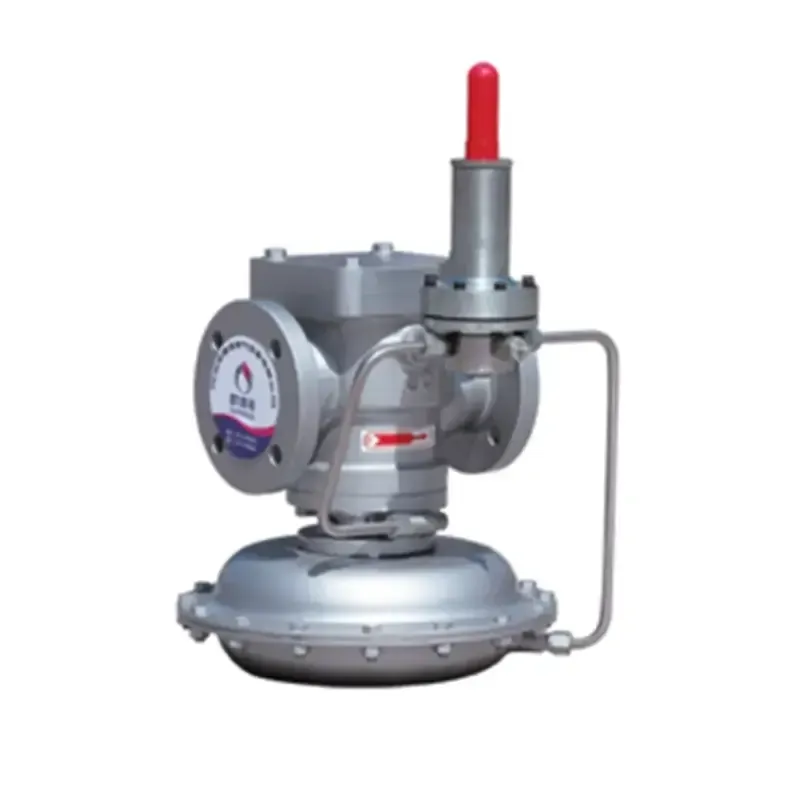
Nov . 30, 2024 04:02
Back to list
Understanding Gas Pressure Regulators for Efficient System Performance and Safety
Understanding Gas Pressure Reducers Functionality and Applications
Gas pressure reducers are crucial devices in various industries that utilize gases, particularly in processes where precise control of gas pressure is essential. These devices ensure that gas is delivered at a safe and manageable pressure, making them indispensable in applications ranging from industrial manufacturing to residential pipelines.
What is a Gas Pressure Reducer?
A gas pressure reducer, also known as a gas regulator, is a mechanical device designed to reduce the pressure of incoming gas from a high-pressure source to a lower, more usable pressure. This function is vital because many applications require gas at a stable and consistent pressure; otherwise, it could lead to equipment damage, inefficient operation, or even hazardous situations.
How Does a Gas Pressure Reducer Work?
At its core, a gas pressure reducer operates on simple mechanical principles. When high-pressure gas enters the regulator, it acts on a diaphragm inside the reducer. As the pressure increases, the diaphragm moves, which in turn adjusts a valve that modulates the gas flow. This mechanism ensures that the output pressure remains within the desired range, regardless of fluctuations in the input pressure. Most gas pressure reducers are equipped with an adjustable spring mechanism that allows operators to set the output pressure to specific requirements.
Types of Gas Pressure Reducers
There are several types of gas pressure reducers, each designed for specific applications
1. Single-Stage Regulators These are typically used in applications where the pressure reduction required is not substantial. They are simple in design and are suitable for appliances like gas stoves or outdoor grills.
2. Two-Stage Regulators These provide more precise control and are ideal for applications where a large variation in supply pressure may occur. They are commonly used in industrial settings or in systems where consistent pressure is critical.
gas pressure reducer

3. High-Pressure Regulators Designed for applications involving high gas pressures, these regulators are often utilized in industrial gas supply systems and portable gas cylinders.
4. Low-Pressure Regulators These are used in systems where the gas is delivered at lower pressures, such as in residential heating systems.
Applications of Gas Pressure Reducers
Gas pressure reducers have a wide range of applications in various fields
- Industrial Applications Many factories use gas for heating, welding, and powering machinery. Regulators ensure that the gas is delivered at the proper pressures to maintain efficiency and safety.
- Medical Facilities In hospitals, gas pressure reducers are essential for controlling the delivery of medical gases like oxygen. Ensuring these gases are dispensed at the correct pressure is critical for patient safety.
- Residential Use In homes, gas pressure reducers are employed in systems that use natural gas or propane for heating and cooking. These regulators help maintain a constant supply without risking overpressurization.
- Transportation In vehicles that run on compressed natural gas (CNG) or propane, gas pressure reducers play a vital role in ensuring that fuel is delivered safely to the engine.
Conclusion
Gas pressure reducers are fundamental components in the management and use of gases across multiple domains. By ensuring that gas pressure is reduced to safe and usable levels, these devices enhance operational efficiency and safety. Understanding their design, function, and diverse applications not only highlights their importance but also underscores the need for regular maintenance and proper selection for specific uses to ensure optimal performance.
Next:
Latest news
-
Safety Valve Spring-Loaded Design Overpressure ProtectionNewsJul.25,2025
-
Precision Voltage Regulator AC5 Accuracy Grade PerformanceNewsJul.25,2025
-
Natural Gas Pressure Regulating Skid Industrial Pipeline ApplicationsNewsJul.25,2025
-
Natural Gas Filter Stainless Steel Mesh Element DesignNewsJul.25,2025
-
Gas Pressure Regulator Valve Direct-Acting Spring-Loaded DesignNewsJul.25,2025
-
Decompression Equipment Multi-Stage Heat Exchange System DesignNewsJul.25,2025

